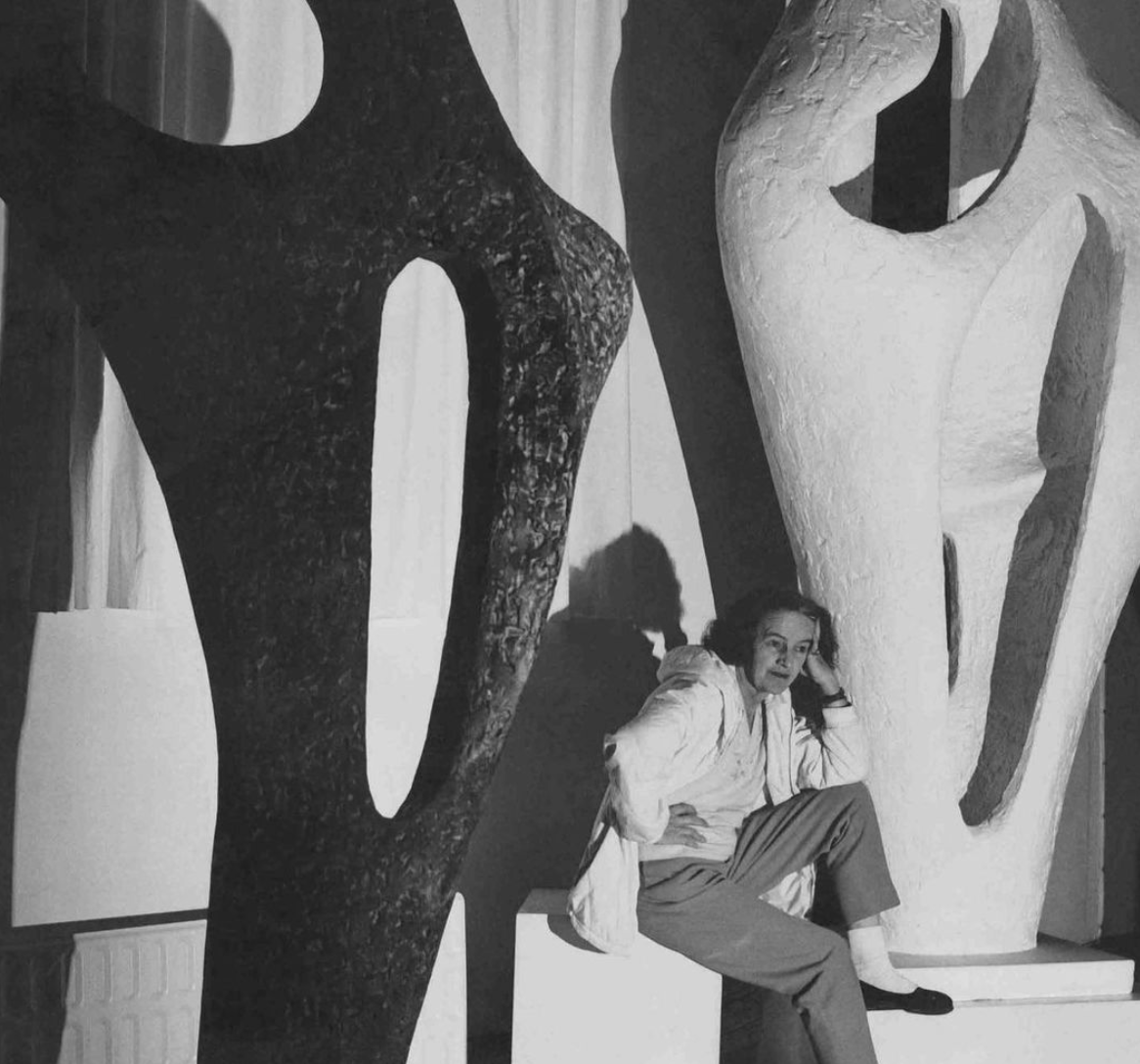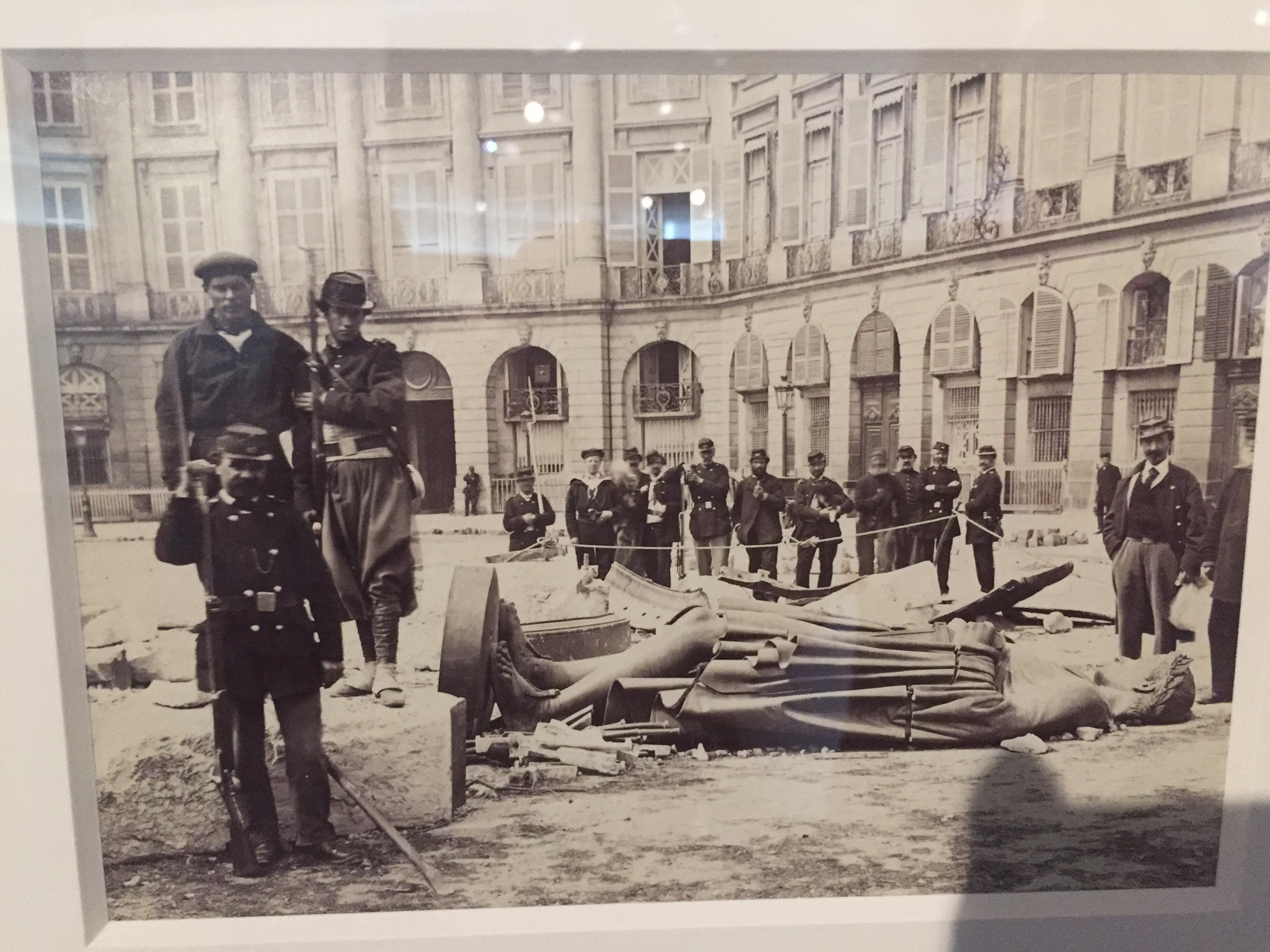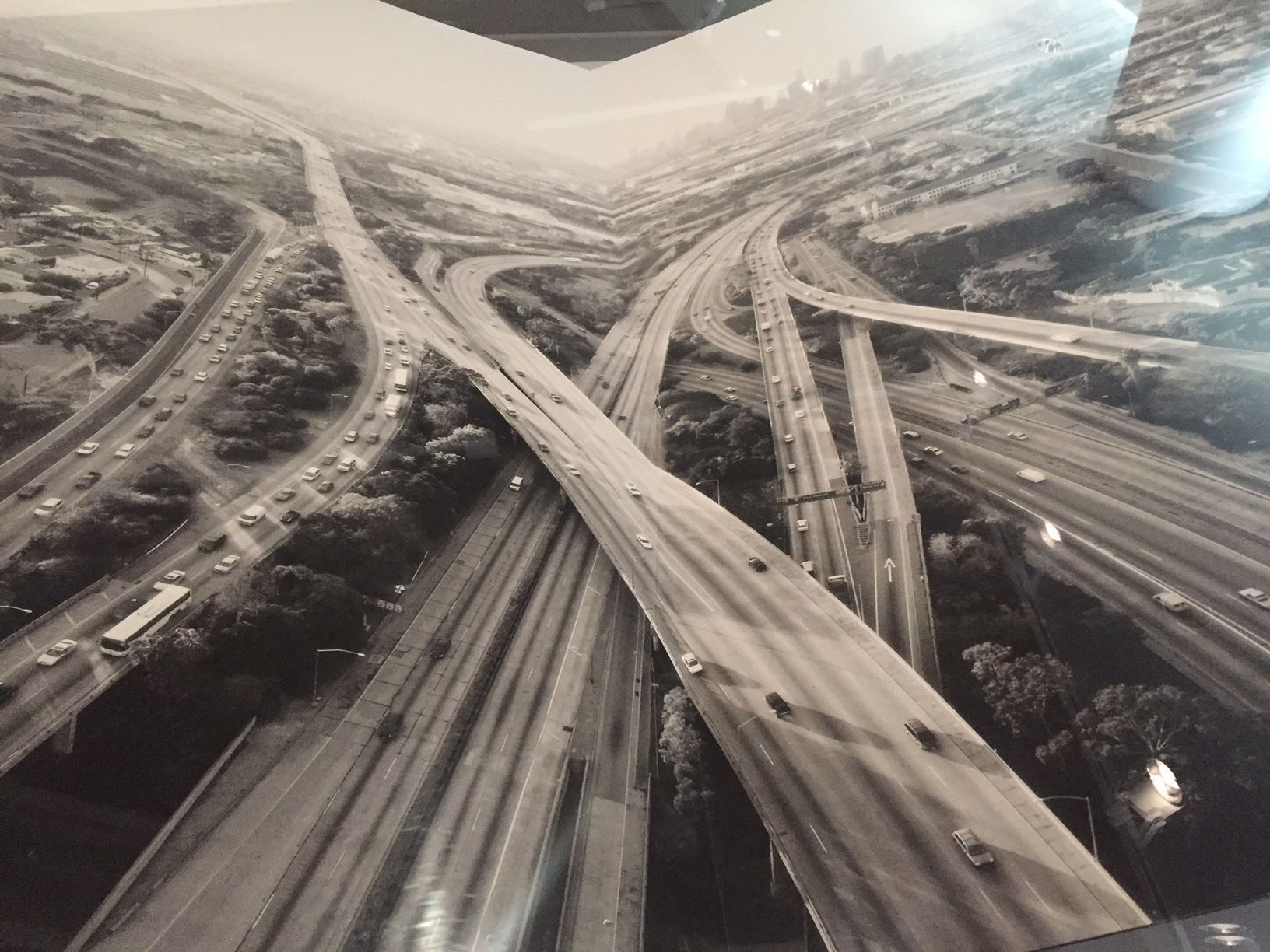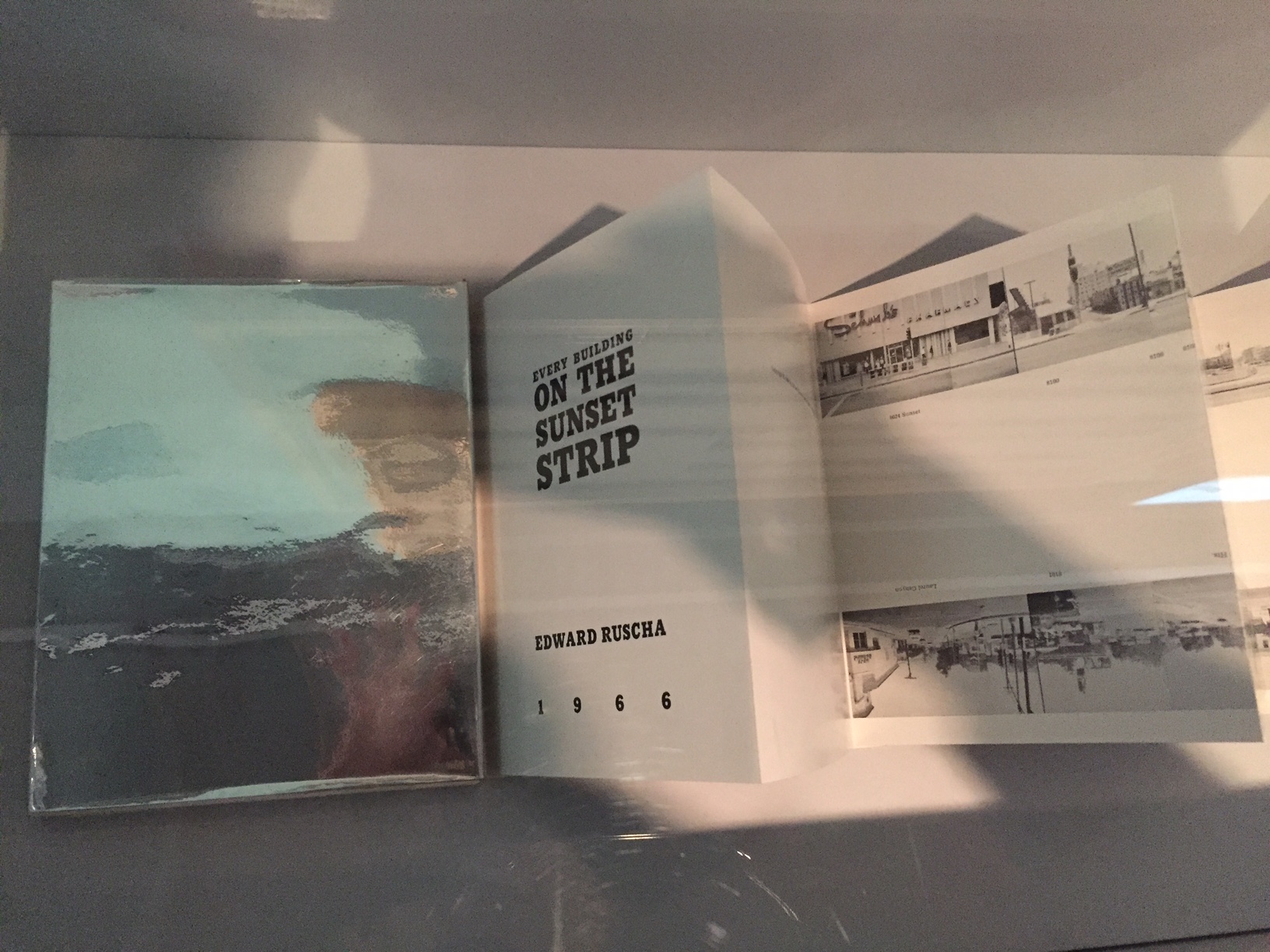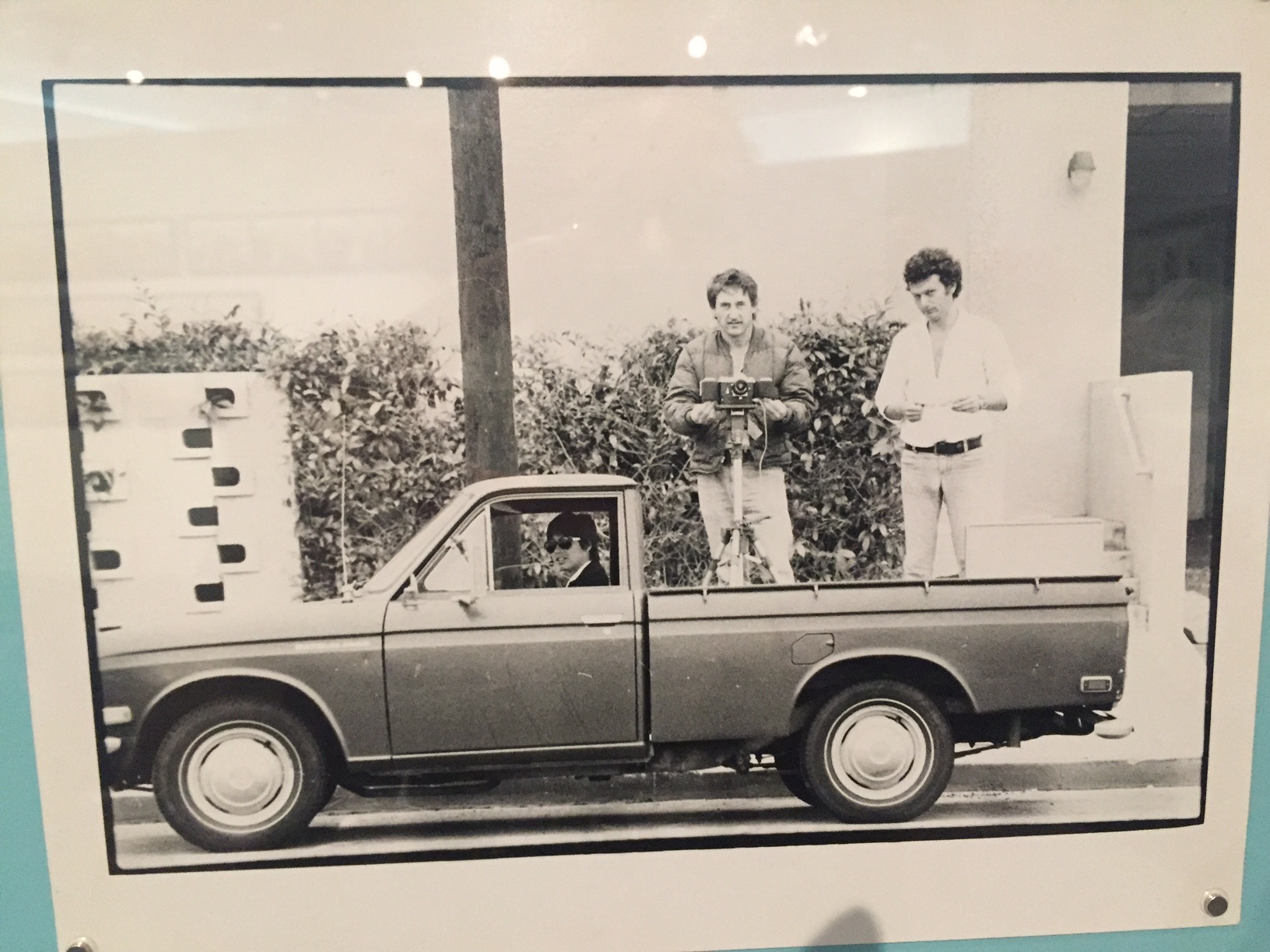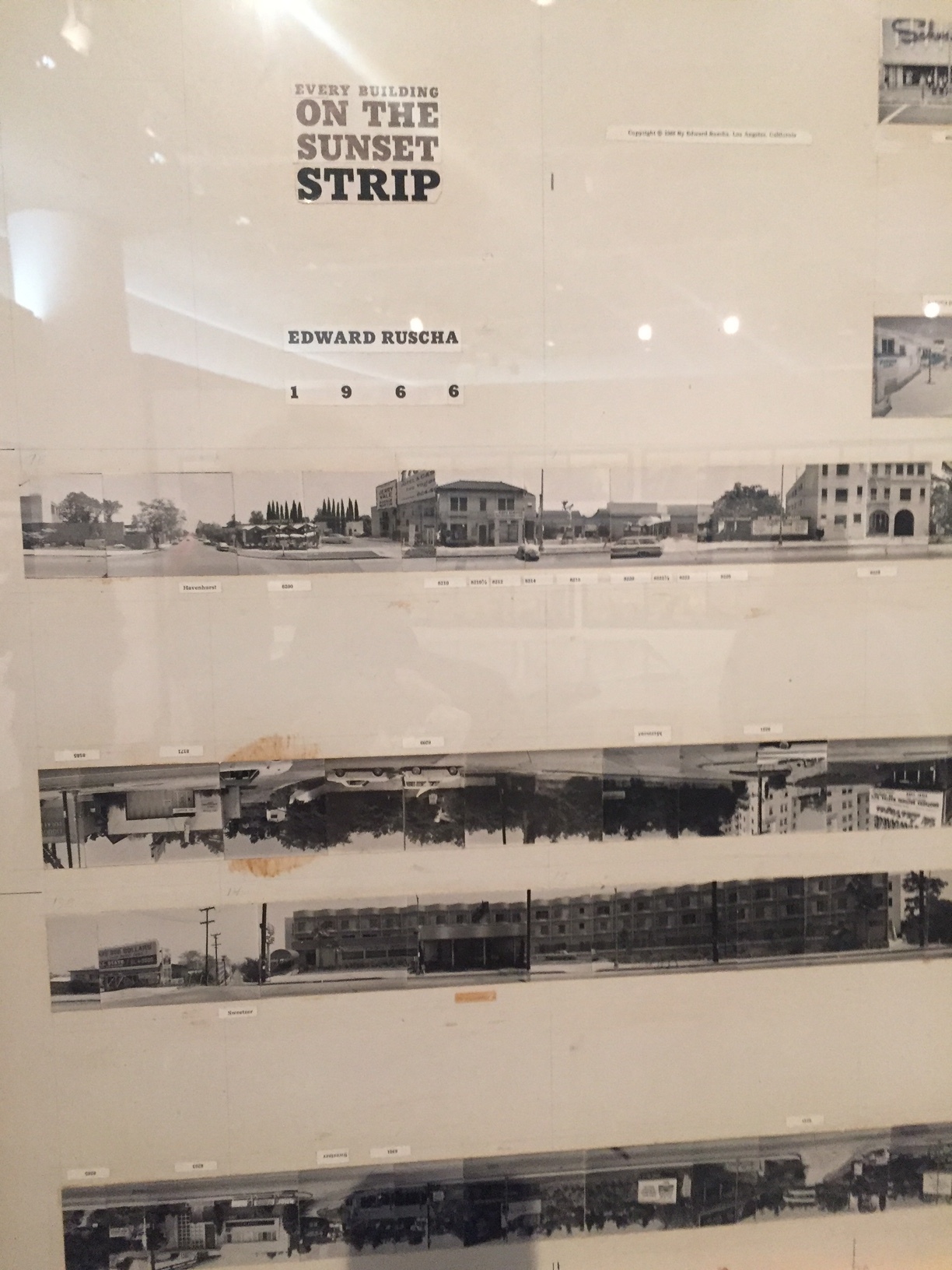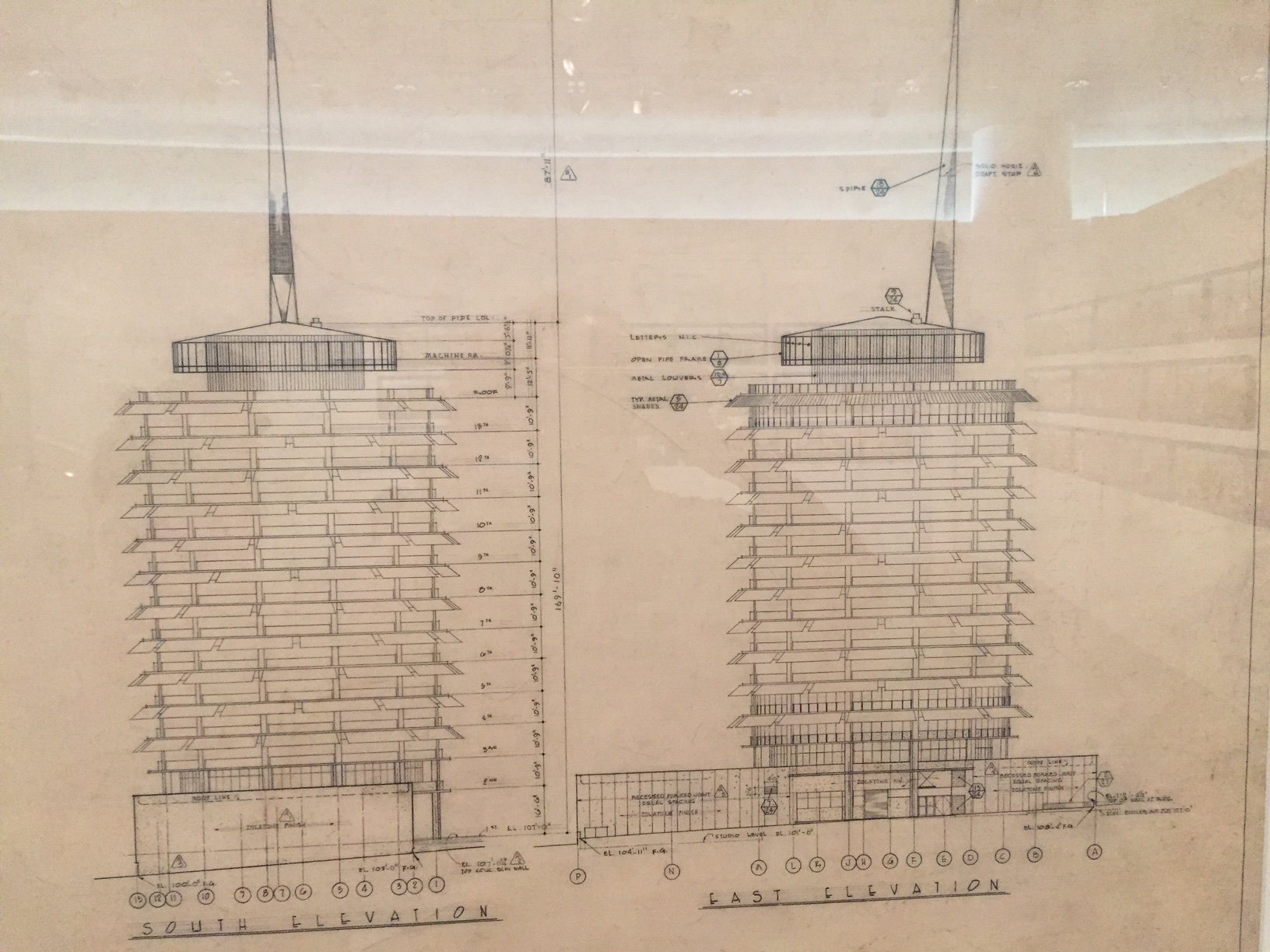The Plastic Bag Store has arrived in LA. If you are like me and cringe when you arrive at the grocery store having forgotten your canvas bags or stare in dismay at the farmers market when those luscious ripe strawberries need protection then this sly pop up installation is for you. Robin Frohardt’s on-the-road store is more fun than her puppet film which is a bit too didactic but nevertheless makes its point: the future is grim if we don’t figure out how to get the stuff home without sheathing it in something indestructible that will haunt our children and theirs. Everything is made out of recycled plastic or paper. The copy is very clever.
Hepworth Makes Britain a Bucket List Destination
Bucket list: Britain.
Poised to hit the 'reserve' button on my airline app, I am still bombarded with variant messages despite Britain's overall declining rate.
A tenth anniversary exhibition of Barbara Hepworth's work at the Hepworth-Wakefield Museum in Yorkshire is on the list. An eccentric aunt owned a small Hepworth which I did not alas inherit. But even the 'small' evoked a feeling of grace and importance. (There is another Hepworth museum and studio at her home in St Ives on the bucket)
Unlike many of the women artists manque rediscovered today (see Jillian Steinhauer’s excellent piece on this phenomenon in Believer Magazine), Hepworth had a strong career during her lifetime, as the exhibit shows. Her exposure to the Parisians (Brancusi, Arp, Zadkine et al) and friendly rivalry with contemporary Henry Moore made an early difference.
But like the Jenny-come-lately artists, (see Hurtado, etc) she had to juggle the house and children (triplets !) and a child from her first marriage and her second husband, artist Ben Nicholson had a thriving career of his own and was often gone missing. (They divorced also in 1951.)
She managed. “I’ve slowly discovered how to create for 30 mins, cook for 40 mins, create for another 30 and look after children for 50 and so on through the day,” (they once all had measles at the same time) she wrote in a 1939 letter excerpted in The Guardian. “It’s a sort of miracle.
Hepworth died from smoking in bed.
Barbara Hepworth with plaster for Figure for Landscape and Figure Archaean, 1964. Photo:Lucien Myers.
A Look Into Louise Bourgeois' Thoughts
The thought of our innermost dreams and secrets revealed to the world even if we are long dead is petrifying. Diaries and letters however, are the stuff of biography.
Louise Bourgeois, currently the subject of a fascinating deposit of her lifelong hand-written and typed journal entries and other loose sheets of tormented musings at the Jewish Museum in the exhibition Freud's Daughter, transformed her dreams and fears into concrete objects, also on view. Curator Philip Larratt-Smith writes in a dense essay that these two efforts of the talented 33 year long (!) analysand were parallel but came from the same wellspring of despair over her tortured relation to her father, her lack of artistic production (she stopped working entirely for 5 years), her jealousies of her husband's career, her inept feelings of motherhood, and consequent suicidal tendencies.
In English (her psychoanalysis was in NY) and in French, often within the same sentence, Bourgeois parses her life, a "dangerous passage", trying to give form to what we all know to be formless: fear, despair, at 2:30 am , with "no plans, no hope, no interests, as oscillating as a feuille de mimosa". Her convoluted stacks and cratered circles, pendulous balls and tetraploid spiders find their home in the writing. But these terrorized, depressed writings are also shown themselves to be works of art.
Previous retrospectives of Bourgeois's work did not tackle head-on this darker but defining aspect of her career. It's tough stuff but riveting. I have only read the catalog, but the reveal of such personal material is often startling.
Hysterical , 2001, The Easton Foundation, (ARS) Photo: Christopher Burke
Monumentality at the Getty: an exhibition filled with solidity and whimsy
The Monumentality exhibition at the Getty Research Institute (in my opinion, always the venue of the great sleeper hits of Getty curatorial initiatives) is of a cosmic piece with the MoMA show on Yugoslav Concrete Utopias. It’s much smaller but it has as thesis that monumentality is not only defined by concrete but also other structures and natural objects that have a certain considerable mass and effect on the environment.
In particular it dials down on Los Angeles as a home to monumental structures that are more unconventional and opens one’s eyes to the very concept of monumentality.
It begins with Trajan’s Column in Rome, the Place Vendome copy in Paris, built, destroyed and rebuilt depending on the political whims of the French and their view of Napoleon, and Palmyra, Syria sites that are, alas, no longer with us.
But it quickly moves on to things one might not have considered ‘monumental’ at the outset and by the end of the small but pungent displays make a convincing case that the infamous Los Angeles freeways, the LA River, Virginia Dwan gallery’s Earthworks show, the Capitol Records building, Tacita Dean’s riff on a JG Ballard paired with the Smithson Spiral Jetty, and the Moon itself are also ‘monumental’.
My favorite is, of course, Ed Ruscha’s Every Building on the Sunset Strip. This small fold-over book, a personal talisman for me loaded with emotional freight, is here backed up by Ruscha’s handwritten production notes for the original shoot (plus a follow up video of Hollywood Boulevard, seen below). This conceptual piece—a pre-animation— has resonance well beyond his original intentions as it serves both as a marker of what once was on the street as well as a new definition of urbanity while more strictly traditional cities were in flagrante of this low-rise kind of density.
In an adjacent gallery, there is some overlap to the MoMA show especially in a charming film of the Yugoslav Tito-era Communist monuments which shows them in overgrown, grassy situ juxtaposed with interviews with locals who live adjacent to them. This verite film is priceless as it captures the solidity of the fantastical monuments as well as their (certainly unintended) whimsy. One commenter dryly notes that “without having moved a muscle” he has lived under 5 successive regimes.
In the museum there is the sublime Renaissance Nudes exhibition, monuments of an entirely other kind. The air is ultra clear and cool and after the fires, it is a splendid time to be in Los Angeles and a needed respite from the more dire news from our nation’s capital.

